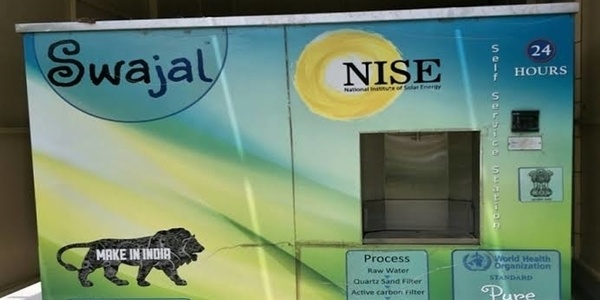Passion on Two Wheels: How Three Young Minds Engineered India’s First AI-Powered Self-Driving Bike
In a small workshop in Surat, Gujarat, three mechanical engineering students, Shivam Maurya, Gurpreet Arora, and Ganesh Patil, set out to challenge what most believed was impossible. Their dream? To build a bike that could balance, navigate, and ride on its own. It was not just another college project; it was their way of proving that India’s young innovators can compete with the world’s best. The trio named their creation Garuda, inspired by the mythological bird symbolizing strength and speed. They didn’t have access to high-end labs or million-dollar funding. What they had was belief and a garage filled with scrap metal, a few tools, and sleepless nights.Built from Scrap, Powered by VisionGaruda isn’t just a motorcycle; it’s a symbol of Indian ingenuity. Half of its structure was built from recycled materials, showing that innovation doesn’t always need expensive resources, just creative thinking. Over the span of one year, the students invested ₹1.8 lakh, mostly from their own savings, to design and develop the prototype. Inspired by giants like Tesla, they envisioned a smart two-wheeler that could one day operate without a rider, blending artificial intelligence, safety, and sustainability.The Brain Behind the MachineAt the core of Garuda lies a Raspberry Pi system, acting as the motorcycle’s “brain.” It allows the bike to make decisions, respond to voice commands, and even ride autonomously. The system connects through Wi-Fi, enabling real-time communication between the rider and the machine. Commands like “stop,” “slow down,” or “navigate” can be spoken, and the bike responds instantly. Safety wasn’t an afterthought. Garuda is equipped with dual high-range sensors that constantly scan the road ahead. If another vehicle comes within 12 feet, the bike automatically slows down. If an obstacle is detected within three feet, it stops completely without any human intervention. The students even added a touchscreen display with GPS navigation, phone connectivity, music options, and live video feeds from both front and rear cameras. A wireless charger ensures riders never run out of power on the go. Under the hood, a lithium-ion battery powers the bike, offering up to 220 km in Eco mode and 160 km in Sport mode, with a full recharge in just two hours.A Creation That Deserved the SpotlightWhen the prototype was unveiled, Garuda stunned everyone who saw it in action. A self-driving motorcycle made by three Indian students—something even global tech companies had struggled to perfect—was now a reality. While the world celebrates innovations from Silicon Valley, the brilliance brewing in Indian college labs often fades in silence. These students didn’t seek fame or fortune; they sought acknowledgment. Their invention could pave the way for AI-driven mobility solutions in India, smart vehicles that reduce accidents, improve traffic efficiency, and inspire eco-friendly transport design. Yet, their story barely made it beyond campus walls.Dreams on Two WheelsWhat makes Garuda special is not just its technology; it’s the emotion behind it. These young men built it out of passion, not profit. They spent nights troubleshooting circuits, learning new coding languages, and welding scrap pieces together because they believed India could create its own innovations, not just import them. They remind us that brilliance can come from anywhere: a rural workshop, a modest college lab, or even a junkyard filled with discarded metal. Their journey speaks to every Indian youth who has a dream bigger than their circumstances. While Garuda remains a prototype, its future potential is limitless. With proper funding and research support, it could evolve into a commercially viable product, redefining India’s role in smart mobility.The Flight of GarudaGaruda may not have made headlines, but it made history in its own right. It symbolizes every young Indian mind that chooses creation and courage over comfort, and innovation over imitation. These students from Surat didn’t just build a self-driving bike; they built hope on two wheels. And somewhere in their story lies a reminder for all of us: Talent doesn’t need a stage to shine; it needs recognition to rise.

.jpg)











.jpg)


